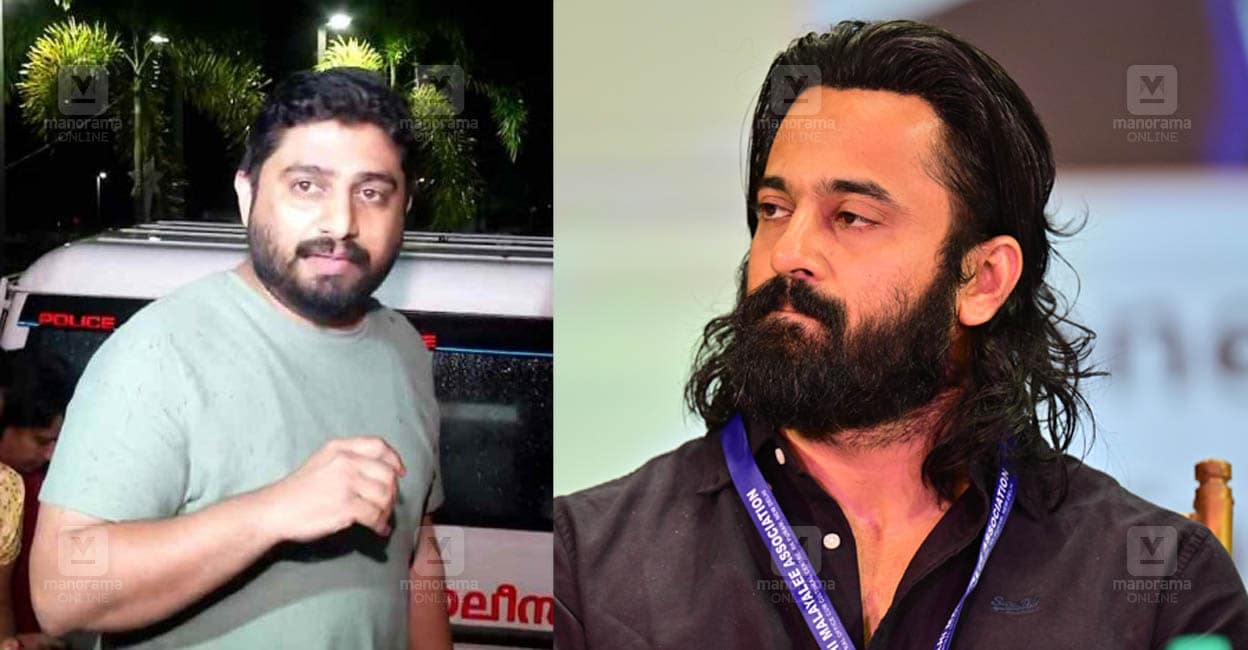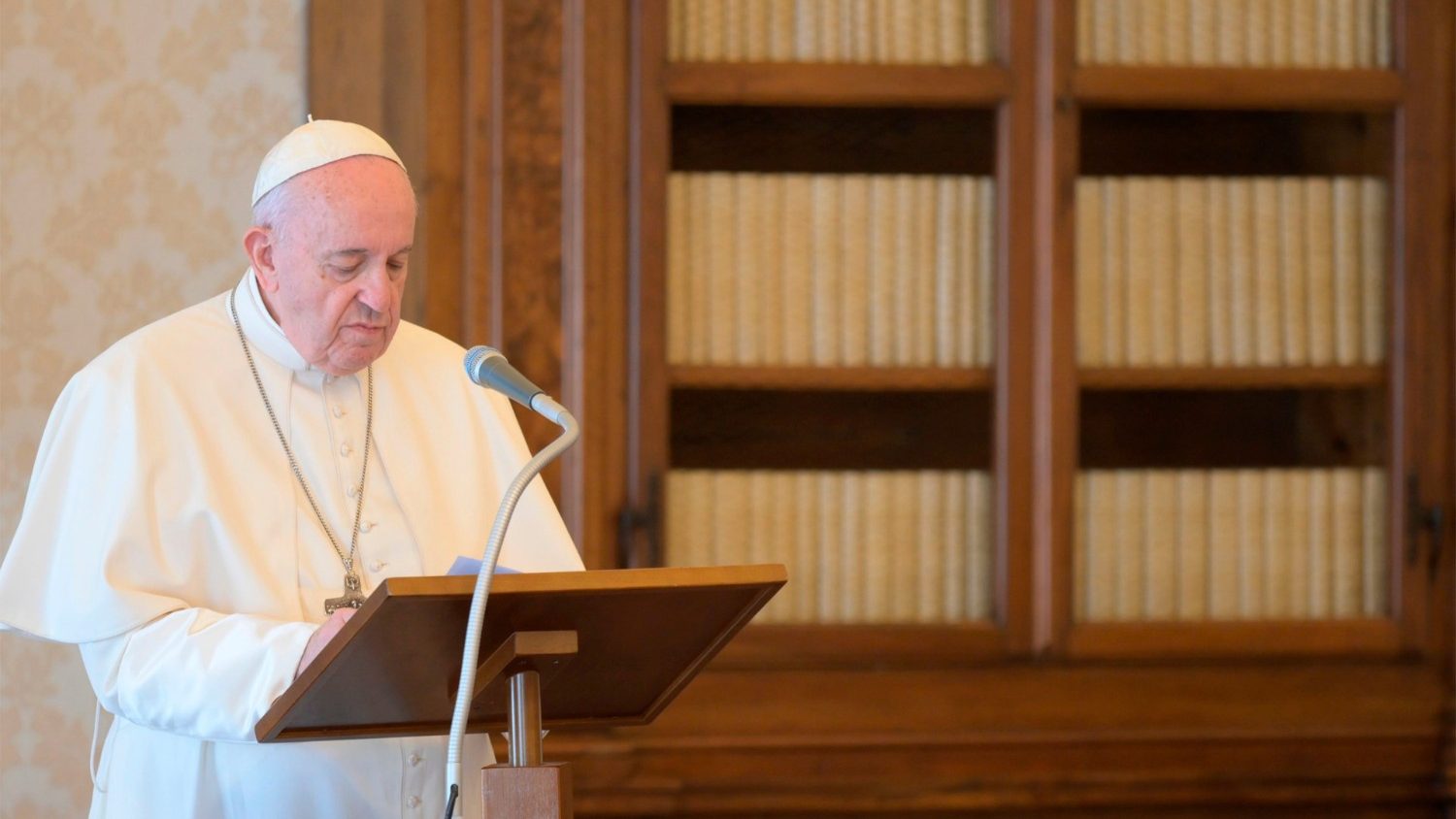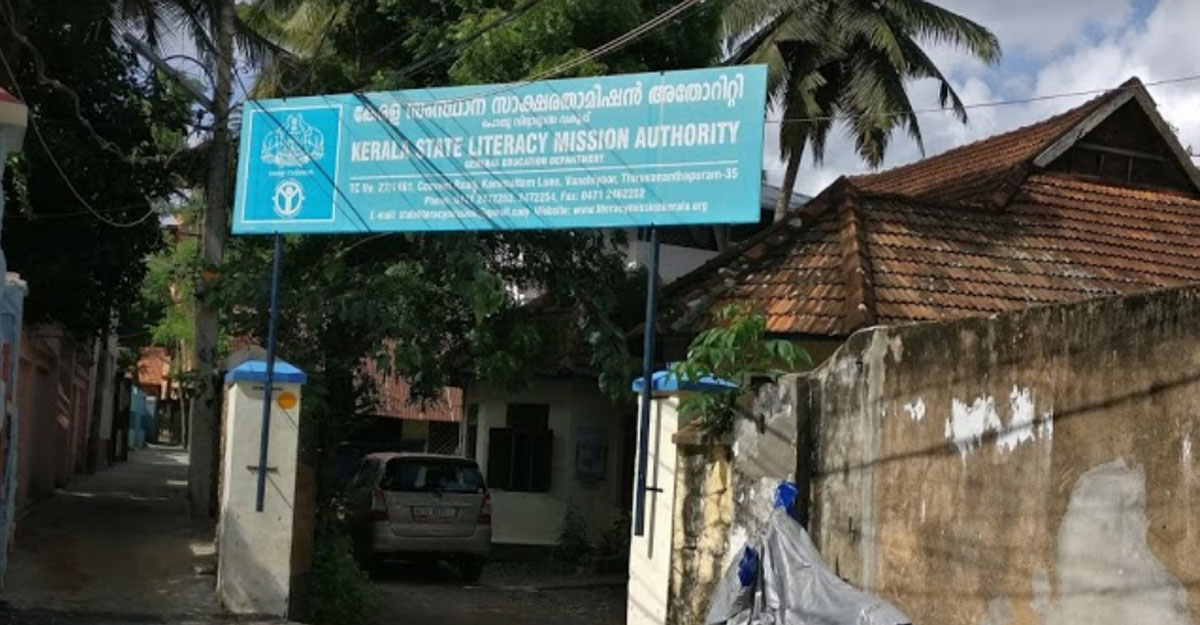
Play all audios:
Long before Yusuf Arakkal’s canvases found their place in galleries across the globe, his life began with loss, escape, and an unrelenting hunger to express. Orphaned at the age of seven and
sent away to a boarding school, he ‘fled’ from Kozhikode to Bengaluru as a teenager, not in search of fame — but emancipation. On a quiet weekday afternoon, the Durbar Hall Art Gallery in
Kochi breathes with the soul of this man who saw the world not as it appeared, but as it truly felt. Yusuf, the late master of brooding canvases and silent cries, returns to Kochi — not in
person, but through an overwhelming retrospective that feels more like a homecoming than an exhibition. That journey — marked by struggle, survival, and the solitude of being unseen — etched
itself permanently into his art. Yusuf’s figures were rarely whole. Often bald, genderless, hunched or expressionless, they stood like echoes of those society forgets. “He always said that
figure was himself,” says Sara Arakkal, his wife, lifelong collaborator and curator of his legacy. “He was not bald. He was not a woman. But he saw himself in all the disregarded.” Over the
next five decades, Yusuf would become one of India’s most compelling modern artists, not only for his technical brilliance but for his insistence on portraying the invisible. His subjects
were migrants, daily-wage workers, refugees, crying children...They spoke not in slogans but in sighs. “He gave dignity to those who have none,” Sara says. “He painted their silences.”
Though his artistic core was forged in solitude, his career blossomed with recognition. After receiving his diploma in painting from Karnataka Chitrakala Parishath in 1973, Yusuf’s work
would go on to be exhibited in New York, Paris, London, and Singapore. Among his many accolades are the National Award (1983), the Karnataka Lalit Kala Akademi Award, and the Lorenzo de
Medici Gold Medal at the Florence Biennale. Yet to Sara, his greatest masterpiece wasn’t a particular painting, but the spirit behind them. “His life was art. His breath was art,” she says.
“He never did it for success. Even when we had nothing, he would still paint.” He worked as a technician in Hindustan Aeronautics Limited (HAL), but later quit the job to pursuit the
creative calling. He was a sculptor, poet, and a thinker — a man who carried within him both machinery and mysticism. “There was something divine in him,” Sara reflects.










